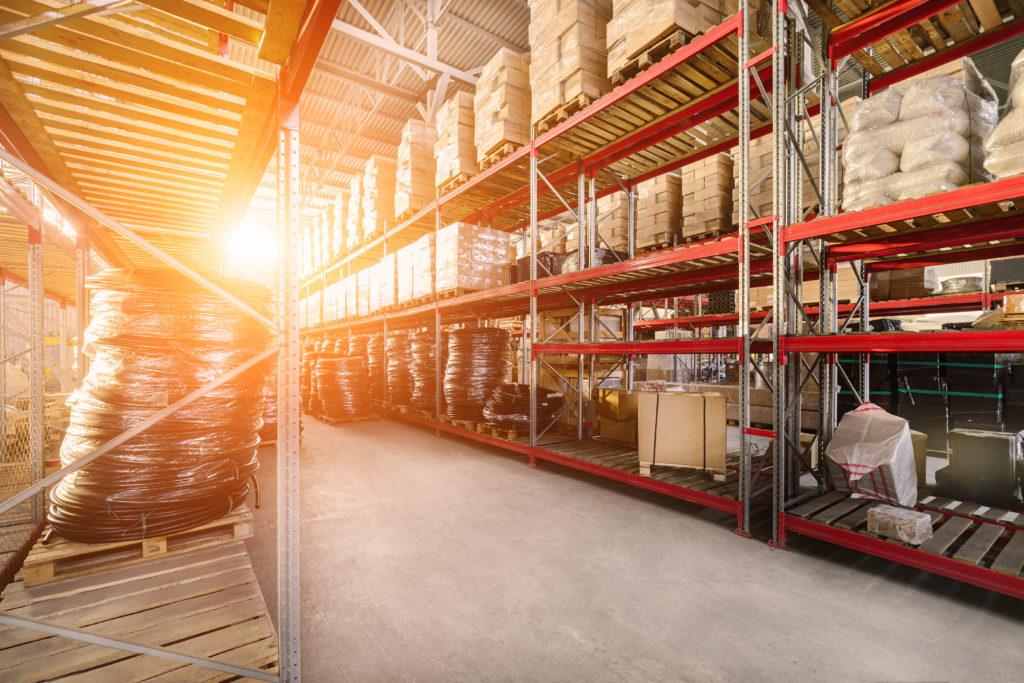By Adrian Turchet, Joe Hoerl and Graham Fenton
RFIDJournal, Jun 16, 2019 – The convergence of passive radio frequency identification (RFID) with real-time location system (RTLS), Internet of Things (IoT) and block-chain technologies is driving a new trend of innovation in the supply chain, manufacturing, retail and other vertical markets. As part of that trend, the development of a new generation of RFIDreaders, tags and software for real-time data, along with the growing ubiquity of sensors, is making the Internet of Everything a reality.
With that in mind, we’re entering an exciting time for companies that want to bring visibility and automation to their inventory and assets. Several drivers are bringing the Internet of Everything to companies that have traditionally relied on bar codes or manual-based enterprise data. First and foremost is the development of high-quality UHF RFIDtags, overhead RTLS UHF readers and software that simplifies the data, all of which offers opportunities for visibility that markets haven’t seen before.

Left to right: Adrian Turchet, Joe Hoerl and Graham Fenton
Let’s start with RTLS. Passive RFID can now deliver RTLS functionality with a new level of speed, distance and accuracy. This means that for the first time, readers and tags are providing real-time, location-based, contextual data to users of UHF RFIDtags. UHF RFID tags no longer need to be read in portals or by handheld readers to bring tagged items into a company’s enterprise system. With an overhead UHF RFID reader, installed dozens of feet above tagged items—and the operations of a factory, warehouse or store—companies are finding that they can view location-specific data about every tagged item, hands-free.
The development of software that can bring a level of simplicity to the system is the third leg in a tags-reader-software equation. Until now, companies have been challenged with using enterprise solutions that can be outdated and inflexible to gain inventory-, asset- or operations-based data. For those adopting RTLS RFID functionality, the right software can provide the link in the middle to make those systems, which have a great deal of complex information, work with legacy enterprise systems.
Without the right solution, the fundamental problem people have is not knowing where millions of dollars’ worth of assets are located. Many companies have already had asset-management systems in place for years, but what they haven’t had is a view of assets in the Internet of Things. Now, for the first time, businesses can expect up-to-date information that comes automatically and much more readily.
Traditionally, this kind of RTLS solution would require active RFID tags, and the high cost of active tags and battery requirements meant they could only tag high-value items. These days, however, it’s possible to apply a tag to a relatively low-cost item. Once you have the infrastructure in place, you can increase the number of items you can track over time.
The value is in ease of use. Passive UHF-based RTLS is low in cost to deploy and enables hands-free solutions to track not just the presence but also the location of assets and inventory. Another feature with the new breed of readers is simple installation. Once a single reader is in place, coverage gives users a bird’s-eye view of an entire operation and sees things that were never possible before. For companies leveraging this new technology, this signals a new period of innovation that will allow them to bring functionality to their systems that was previously out of reach financially, or was too cumbersome to deploy.
Consider some of the available options. With RTLS, companies can affordably track even lower-value or smaller items throughout a manufacturing facility to create a smart factory. Everything from machines and vehicles to tools and individual work-in-process items can be connected to a network.
In stores, real-time visibility of consumer goods means both retailers and brands can now improve operational efficiencies while ensuring the availability of merchandise, down to the point of sale. Warehouses and logistics providers, meanwhile, will see significant benefits as they gain RTLS data from the UHF RFID-tagged items that move through their facilities.
By knowing where inventory and equipment is located, without any intervention by employees, they can save labor costs, improve efficiency and boost order accuracy. All of this takes place in conjunction with the IoT, which is introducing sensors to automatically provide further insights into the assets and their conditions.
The ubiquity of sensor-based solutions, together with blockchain technologies, allows companies to create immutable records they can share with partners, customers and other authorized parties. Ultimately, the convergence of all these technologies is helping to facilitate the Internet of Everything, which can improve visibility throughout a single facility and across the entire supply chain.
Across all businesses sectors, RTLS solutions are becoming simpler to use. With the right RFID tags and overhead readers, software can take very complex information, gathered in real time, and make it simple. As a result, with passive RFID RTLS, we see more and more things being tagged at the item level based on contextual value. The price of the tag no longer correlates to the value of an item, and it’s also a matter of the value of having information about that item. Knowing the asset’s context and location, as well as related sensor data, unlocks additional value.
Looking ahead, passive RFID as RTLS technologies present the opportunity for value-added services. The convergence of RFID, RTLS and the IoT means companies could begin offering an infrastructure-as-a-service solution to sell visibility to customers that may be using their infrastructure. That’s a whole new market, among many, that could be emerging.
Adrian Turchet is RF Controls’ senior VP of strategy and corporate development, Joe Hoerl is Confidex’s sales director for smart industries in North America and Graham Fenton is Codegate’s managing director.
